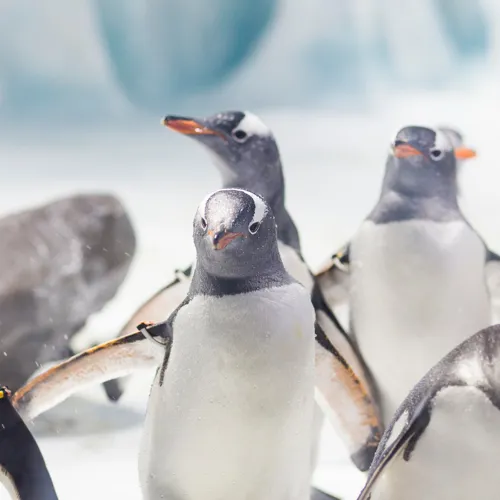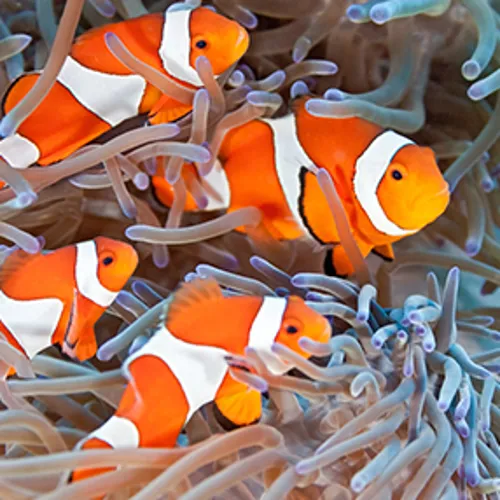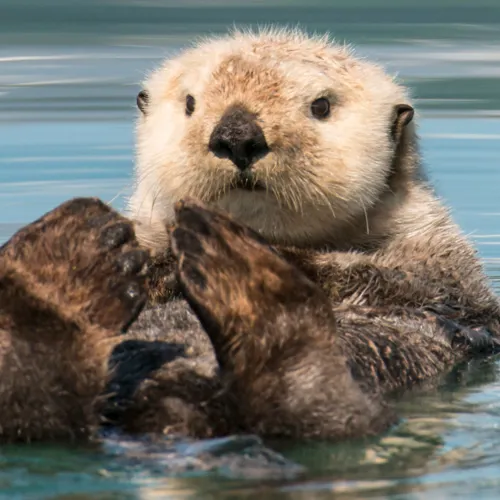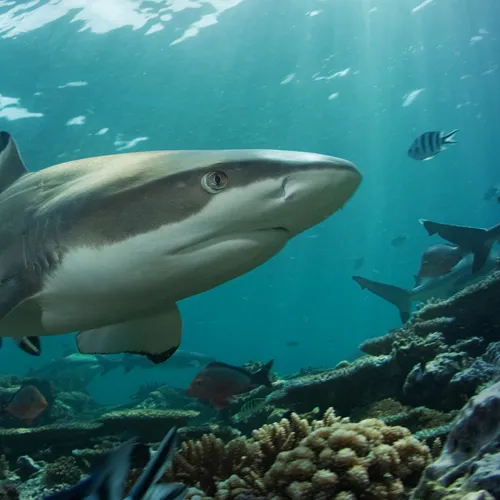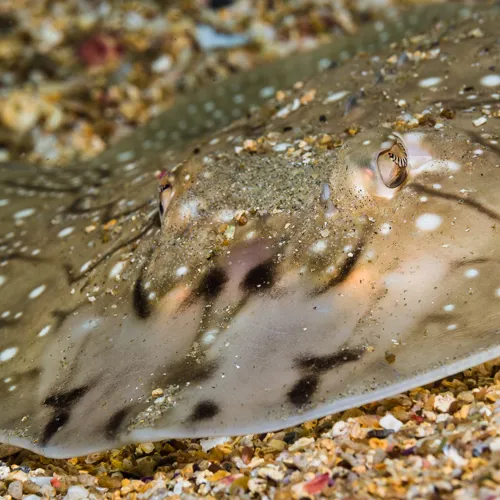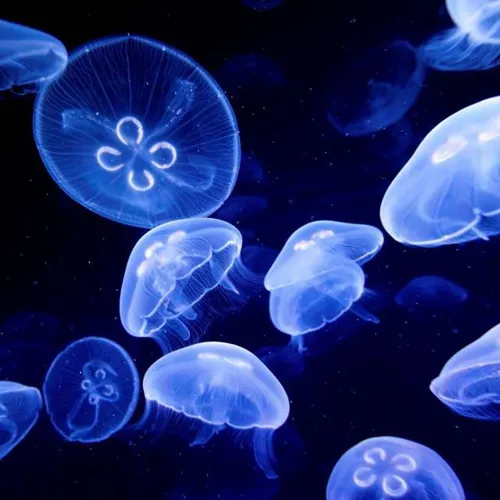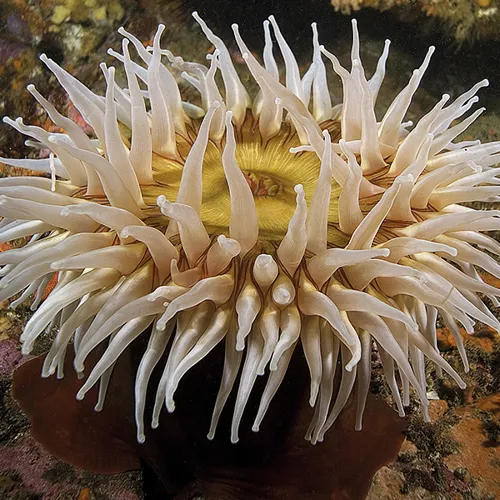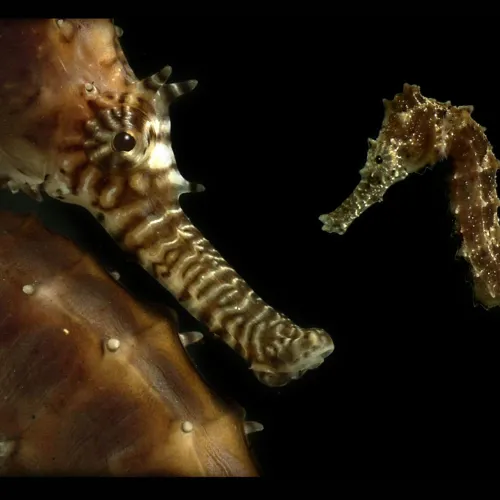Go on, have a little nosey at some of the greatest creatures you’ll come face to fin at our aquarium.
Magnificent sharks, colourful clownfish or perhaps inquisitive sea turtles? Does a clever common octopus grab your attention or do you prefer playful penguins? Maybe you simply can’t decide!
Here at SEA LIFE you can make up your mind and see them all - from the curious and the rescued to the rare and the enigmatic. And you’ll be able to get closer to them than ever before.
Gentoo Penguins
Every element of our Gentoo Penguin's care is managed by expert staff, from the design of their icy enclosure, to daily interaction and regular health checks.
Clownfish
Meet one of the ocean's best known and loved fish - the clownfish and other amazing coral reef inhabitants.
Turtles
Turtles are ancient reptiles that have been around for over 200 million years! They shared our planet with the earliest Dinosaurs.
Sea Otters
90% of all sea otters live on the coast of Alaska. In a UK first, two rescued Alaskan sea otters have become residents at the National SEA LIFE Centre Birmingham.
Sharks
Sharks have lived in our oceans for more than 420 million years! That makes them older than Dinosaurs!
Rays
There are over 500 different species of Rays and Skate in our oceans and rivers. Their closest relative is the Shark; Rays evolved from Sharks around 150 million years ago!
Jellyfish
Jellyfish are older than all of our ancient reptiles. Scientists believe they first swam in our oceans around 500 million years ago!
Rockpool Creatures
The amazing micro-habitats are full of incredible creatures! Rockpools are made from water left behind when the tide goes out. Lots of creatures live in these shallow pools.
Seahorses and Pipefish
Seahorses and Pipefish are a curious group of creatures which all belong to the Syngnathidae family.
